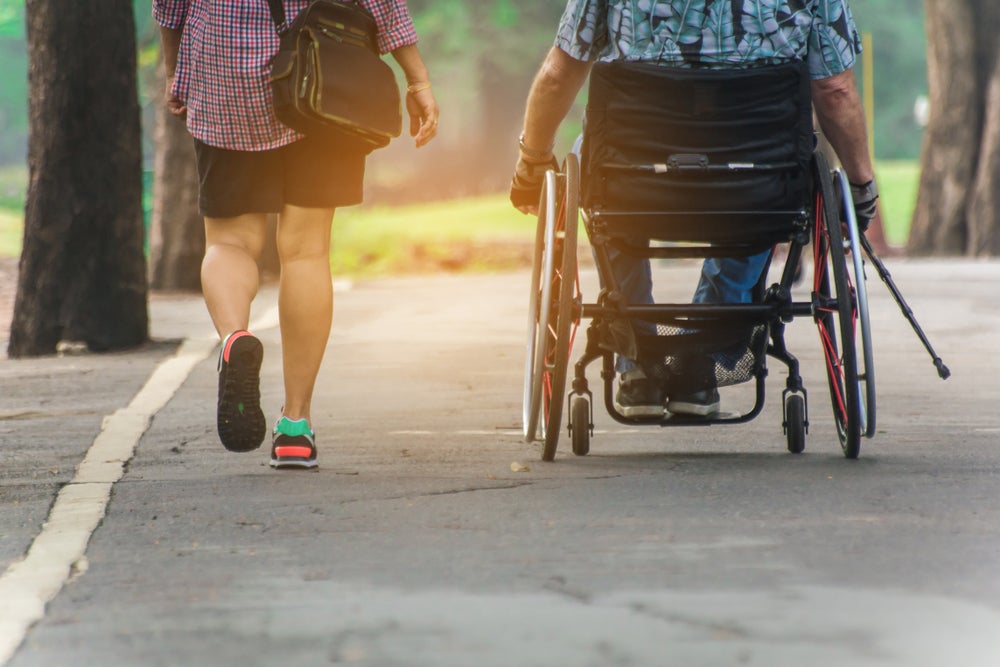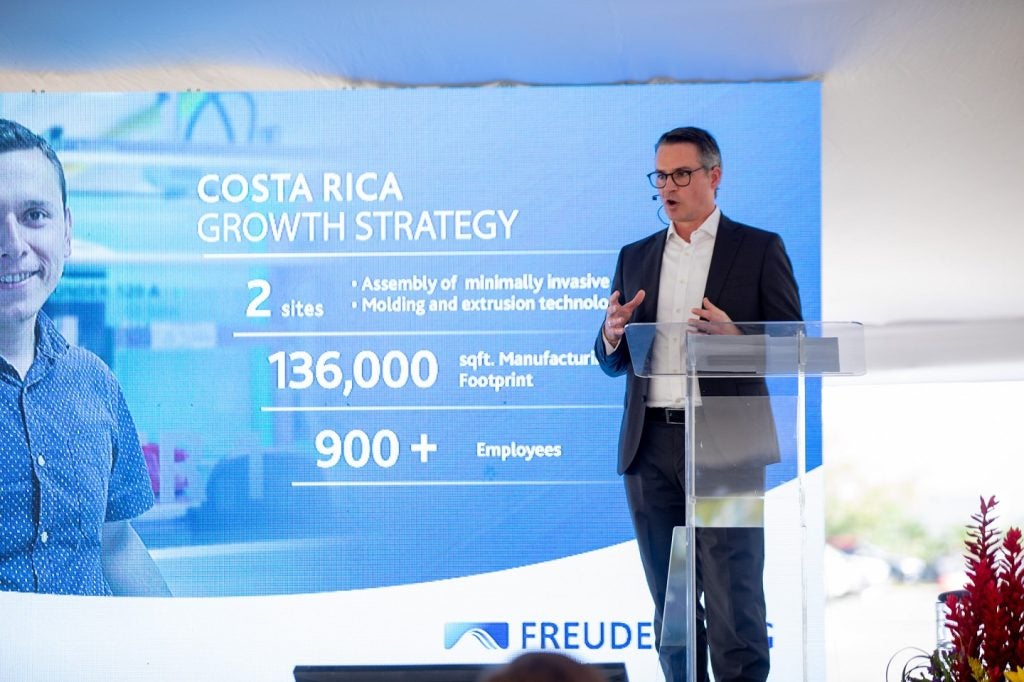
The medical devices sector covers some 10,000 varieties of product, ranging from low-tech items such as bandages and spectacles, to life-saving implantable devices, systems for the screening and diagnosis of health conditions, and the most sophisticated diagnostic imaging and minimal invasive surgery equipment. Patients expect that these devices meet the highest safety standards.
Amendments to the Medical Devices Directive were published across the EU at the close of 2007. The most significant proposals concern conformity assessment, including design documentation and design review, clarification of the clinical evaluation requirements, post-market surveillance, compliance of custom-made device manufacturers and the alignment of the original medical device directive 90/385/EEC.
These amendments will have a significant impact on the industry. In fact, the proposal for a recasting of the Medical Devices Directive is the cause of some concern for Eucomed, an association that represents over 4,500 designers, manufacturers and suppliers of medical technology in Europe. “It has raised eyebrows across the member states,” says Dario Pirovano, the organisation’s director of sectoral legislation.
“This new idea of the Commission is to establish a central agency to deal with a number of tasks, including the pre-market evaluation of some products. While centralisation of some activities would be welcomed by the industry, as it could reduce the current discrepancies in the application of the directives by member states, the prospect of having a European FDA, or the like, is another matter.”
Pirovano says the examples Eucomed has seen, in the paper provided by the EC, indicate that the agency could be located in the very same building as the European Medicines Agency. “This causes us even more concern,” he says. “We are surprised by these proposals because this first revision of the directive originally written in the early 1990s has just finished, with the text published in December 2007, and it’s going to become effective only in March 2010. So we are unsure as to whether further revision is needed, particularly in light of the fact we haven’t had time to evaluate the impact of the modifications.”
See Also:
Following directives
How well do you really know your competitors?
Access the most comprehensive Company Profiles on the market, powered by GlobalData. Save hours of research. Gain competitive edge.

Thank you!
Your download email will arrive shortly
Not ready to buy yet? Download a free sample
We are confident about the unique quality of our Company Profiles. However, we want you to make the most beneficial decision for your business, so we offer a free sample that you can download by submitting the below form
By GlobalDataSatisfying the requirements of Directive 90/385/EEC is a highly involved process as it currently stands. One of the provisions that distinguishes it from other new approach directives is the use of standing committees to review the development and application of standards produced in support of the essential requirements, and to consider “matters arising” regarding the safety of devices within the scope of the directives.
As part of this process of consideration, a formal vigilance procedure is established by the directive, through which manufacturers, health professionals and others must report any problems that emerge during the use of medical devices and in clinical trials. This vigilance system is undertaken by the competent authority (Notified Body) in each of the member states, and requires each manufacturer to have a procedure in place for post market surveillance and reporting of adverse incidents.
“In the late 1990s, when the directive first came into force, of course people had some difficulty adapting to the new philosophy,” says Pirovano. “But soon it was apparent that this system was by far the best way available to enhance innovation, at the same time as guaranteeing a high level of protection for patients, without being unnecessarily cumbersome from a bureaucratic standpoint.”
Audits: what to expect
Pirovano says he is unable to give advice in his current role, but for the Notified Body audit itself, industry experts usually recommend that the manufacturer liaises with the Body during the implementation of its system. Four to eight weeks before the audit date, it should ask the Notified Body to review its quality system documentation. This will create time to implement any corrective actions.
The duration of the audit at the manufacturer’s site will be typically between three and ten working days dependent upon the size of the manufacturer’s organisation, the number of device families involved and their classification. Very large organisations will require longer audits.
“For those products that represent the highest level of potential risk for the patient, there is an action that cannot technically be described as a pre-market approval, but it is as close to that as you can imagine,” says Pirovano.
“The designers evaluate it, and the quality system is evaluated and approved. So it is a tough procedure. But it is a procedure that manufacturers have shown they are able to cope with. It has contributed also to a general improvement in the behaviour of companies, particularly the SMEs.”
For example, the audit requires a demonstration of control over subcontractors. If these subcontractors manufacture a major part of the device, or supply critical parts or services that could detrimentally affect its performance, then the Notified Body may have to audit these organisations as well.
There may be some deficiencies, or “non-conformities” identified during the initial audit. In these cases, the assessment team will agree a timescale with the company for appropriate corrective action to be undertaken. In some circumstances, a further site visit may be required by the assessor. When all non-compliances have been satisfactorily cleared, the organisation can start CE marking the concerned devices. The Notified Body is required to undertake regular surveillance, carried out once or twice a year.
Future proposals
On the likely future amendments to the directive, Pirovano believes the EC is at an early stage. “I believe the Commission is testing the market to gauge the reaction of industry stakeholders to these proposals,” he says. “When a formal proposal is actually put forward, sometime probably in 2010 – the Commission says 2009 but I think that’s optimistic – I would not be surprised if it is profoundly different from what has been proposed recently and what’s on the table now.”
He adds: “One of our concerns as an industry is that the access to market for certain products is going to become more expensive. If you look at the current fee setting for pharmaceuticals, and compare that to the fees required to launch a medical device into the market, you’re looking at a ten-fold cost increase.”
Pirovano also points out that, although they are supposed to be identical, there can sometimes be conflicts between European law and national regulations drafted by the member states. “By not monitoring the situation carefully you can miss these discrepancies, and that again affects your access to the market, pricing and so on.”
Italy has decided that in order to fulfil one of the obligations of the directive, which is to ensure an effective market surveillance, it would like to put in place a system through which manufacturers are obliged to provide a large amount of quantitative information on their products. “Up to a certain point we feel this is reasonable, even acceptable,” says Pirovano.
“But the problem is perhaps they tackled the situation with a little too much enthusiasm. It could bring severe problems for market access. We would like to see these things better organised and better harmonised.”
Eucomed’s role
Eucomed will soon, he says, propose to the Commission a set of alternatives. But he would like to avoid a situation where, outside Europe, industry watchers get the impression that Eucomed is the first organisation to raise concerns that the system is flawed. “That would be the wrong impression,” he explains. “Six months ago the Commission itself indicated that it needed some fine-tuning. Many devices happily and safely used on European patients with no problems whatsoever are not available in the US or Japan. There is a need to identify a middle ground between a heavily organised and centralised system for evaluation, and a system like ours in Europe.
“We always encourage our members to go beyond the basic requirements, which is entirely in line with the spirit of the directive. There is no agency telling you ‘Yes, that’s it, you go ahead and put your product on the market,’ and then the rest of the responsibility is shared by the manufacturer and the agency.”
In the European system, says Pirovano, this culpability rests solely and exclusively with the manufacturer; therefore the manufacturer has to ensure due diligence so that the directive is fully complied with. “Concerning the audits, it’s clear one of the perceived weaknesses of the current system is the uneven attitude or knowledge of the third parties,” he says. “There are around 80 of them available to manufacturers, and I think ten are doing the large majority of the job, with the others performing sporadically. Eucomed is in fact the first to recognise that something must be done to unify the quality of these third parties, and we have a few suggestions that we’ll be putting to the Commission.”






